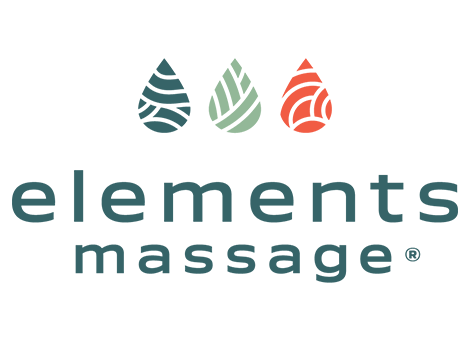The autonomic nervous system (ANS) plays a vital role in controlling various body functions such as heart rate, digestion, respiratory rate, pupillary response, and urination, among others. It's divided into two key parts: the sympathetic nervous system (SNS), which stimulates the body's fight-or-flight response, and the parasympathetic nervous system (PNS), which promotes the body's rest-and-digest or feed-and-breed responses. Massage therapy has a significant influence on the ANS, particularly in enhancing the activity of the PNS and reducing the effects of the SNS. This balance between the two is crucial for optimal health and well-being.
Activating the Parasympathetic Nervous System
Massage therapy is known to stimulate the PNS, which helps to lower heart rate, blood pressure, and stress levels, while promoting relaxation and healing. This activation is primarily achieved by decreasing cortisol levels (a stress hormone associated with the SNS) and increasing serotonin and dopamine levels (neurotransmitters associated with feelings of well-being and happiness) (Diego & Field, 2009).
Moreover, through the activation of the PNS, massage can enhance digestive activity and promote effective nutrient absorption – another reason why you may often feel hungry after a relaxing massage (Walker et al., 2017).
Reducing Sympathetic Nervous System Activity
A stressful lifestyle, often characterized by chronic activation of the SNS, can lead to numerous health issues such as hypertension, anxiety, and poor immune function. By lowering cortisol levels and physiological markers of stress, massage therapy can reduce the hyperactivity of the SNS (Moyer, Rounds, & Hannum, 2004).
In addition, massage can also reduce muscle tension and improve circulation, further facilitating relaxation and reducing the effects of the SNS (Weerapong, Hume, & Kolt, 2005).
Clinical Implications
The impact of massage therapy on the ANS has several clinical implications. It could be beneficial in managing conditions such as anxiety disorders, hypertension, digestive disorders, and sleep disturbances, all of which can be exacerbated by an imbalance in the ANS (Field, 2014).
Despite these promising benefits, more research is needed to elucidate the specific mechanisms through which massage affects the ANS and to determine the optimal massage techniques and frequencies for balancing the ANS.
References
- Diego, M. A., & Field, T. (2009). Moderate pressure massage elicits a parasympathetic nervous system response. International Journal of Neuroscience, 119(5), 630-638.
- Field, T. (2014). Massage therapy research review. Complementary Therapies in Clinical Practice, 20(4), 224-229.
- Moyer, C. A., Rounds, J., & Hannum, J. W. (2004). A meta-analysis of massage therapy research. Psychological Bulletin, 130(1), 3-18.
- Walker, S. C., Trotter, P. D., Swaney, W. T., Marshall, A., & Mcglone, F. P. (2017). C-tactile afferents: Cutaneous mediators of oxytocin release during affiliative tactile interactions? Neuropeptides, 64, 27-38.
- Weerapong, P., Hume, P. A., & Kolt, G. S. (2005). The mechanisms of massage and effects on performance, muscle recovery and injury prevention. Sports Medicine, 35(3), 235-256.

